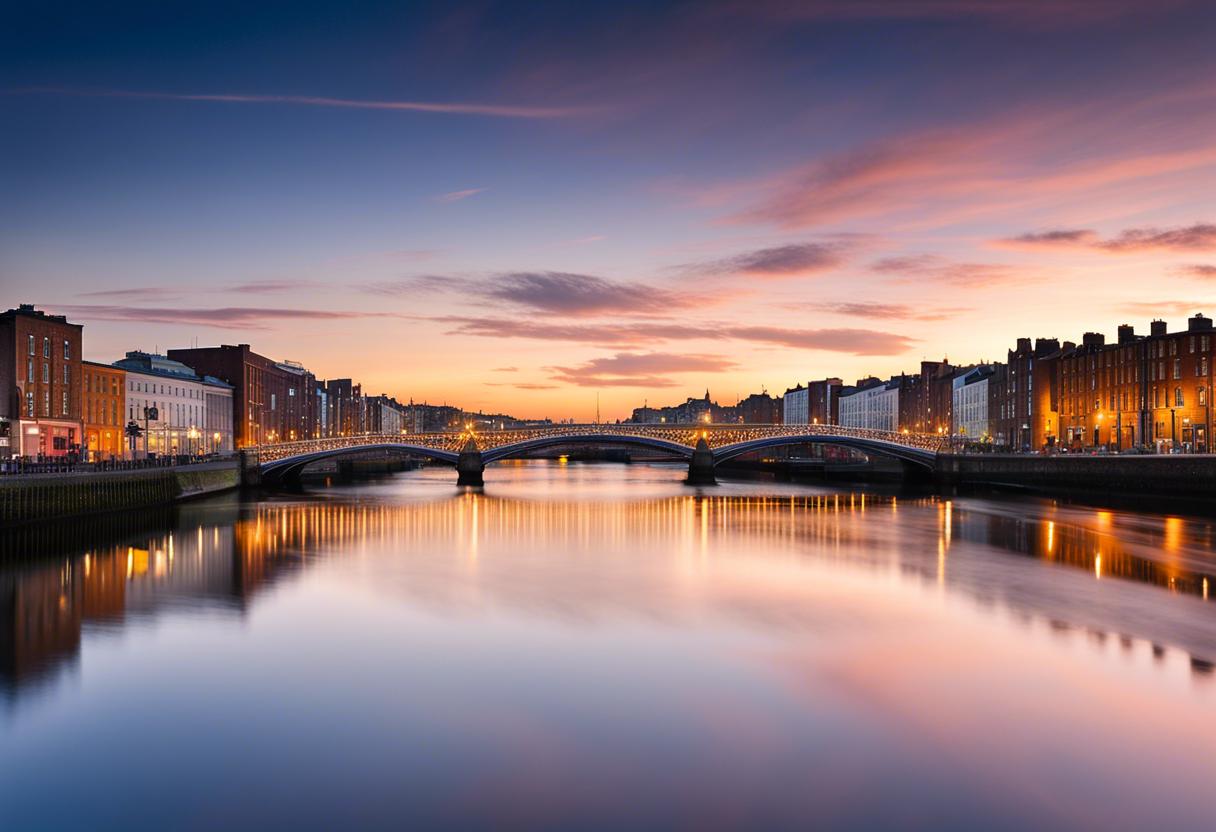The phrase ‘Obedientia civium urbis felicitas,’ which can be interpreted as “a city’s happiness depends on the obedience of its citizens,” is inscribed on the scroll beneath the coat of arms of Dublin. Despite this message, the emblem itself seems to contradict this sentiment, showcasing three burning castles, hinting at potential discord. This dichotomy is accentuated by recent disagreements surrounding Dublin’s newest piece of public artwork.
Known as the portal, this installation on North Earl Street provides Dubliners with the opportunity to observe their New York counterparts on 23rd Street and Broadway, and vice versa. The concept is a clever exploration of the issues brought on by our rapidly interconnected world. However, since its inauguration, the portal has not just attracted the attention of casual onlookers, but also exhibitionists.
Acts such as naked flesh exhibition, drug usage, and provocative image sharing have led to its temporary closure. Dubliners’ intense interaction with public artworks is not new, rerouting back to over seven decades, when a group of students decided to immerse the unpopular ‘Bowl of Light’ monument on O’Connell Bridge into the Liffey River on their way home from a party. The city’s life-sized cow sculptures, that can be found in various global locations, survived only a few days in the locale.
Dublin has suffered from long-tern ramifications of vandalism and ongoing concerns about illegal activity and social misbehaviour. The newly-announced task force for the city aims to confront these issues. A prevailing concern emanates from the decay and disarray that have been plaguing the cityscape, traced back to the inadequacies of the local and central governing bodies. It would be quite unfortunate if the portal were to be shut down permanently due to the acts of a minority. Dublin City Council ought to be skilful enough to find a befitting resolution.

